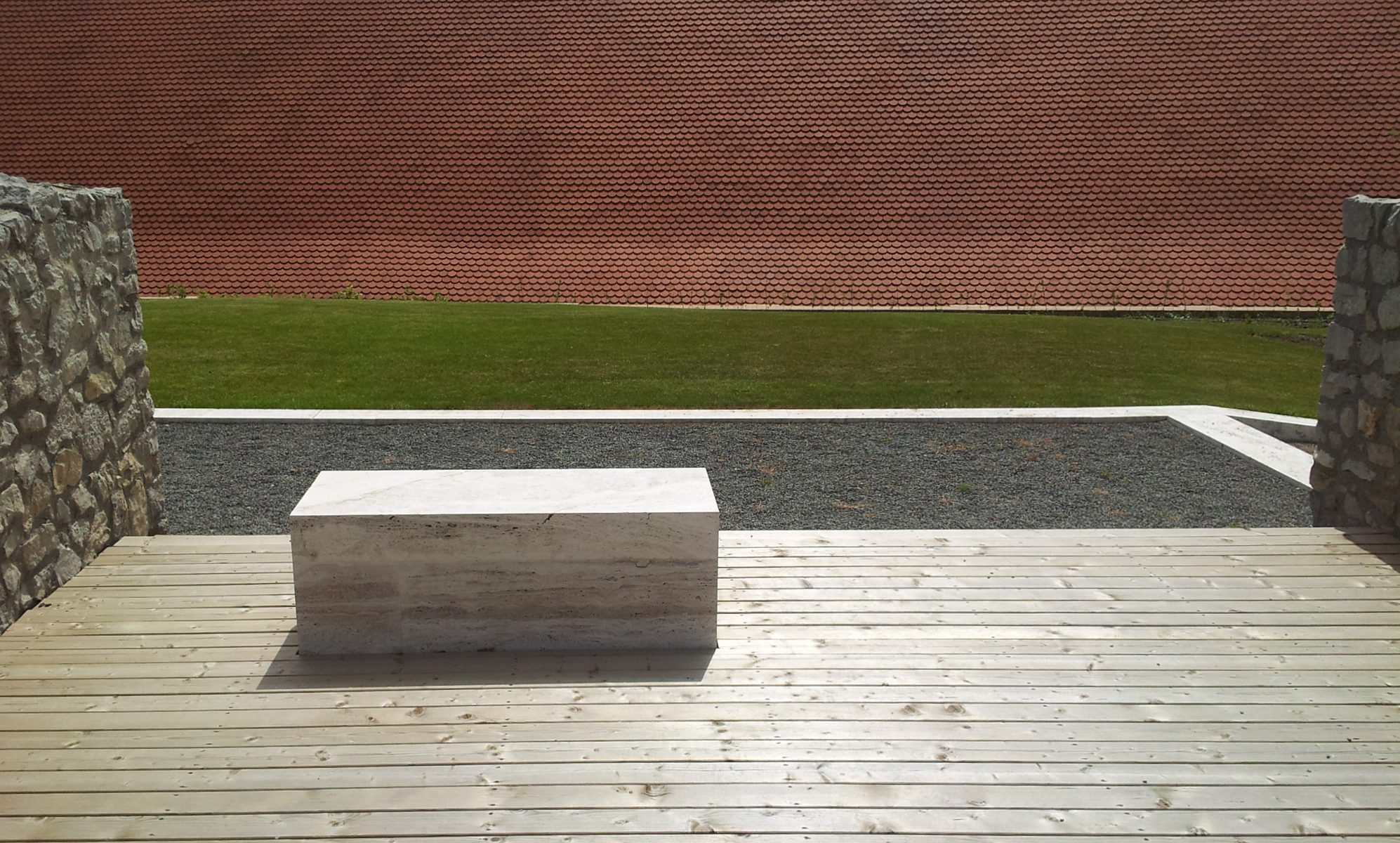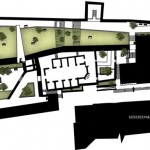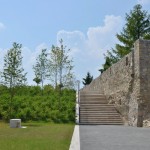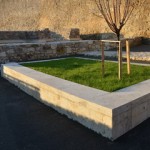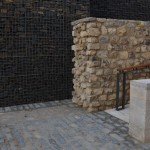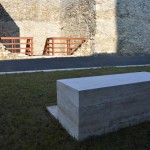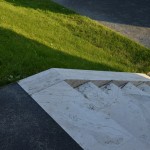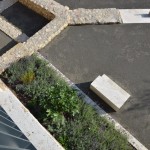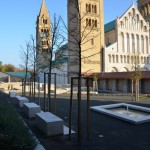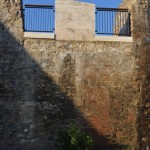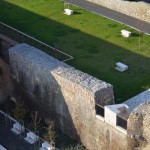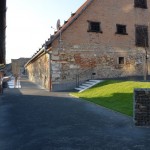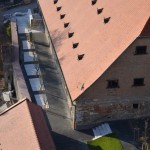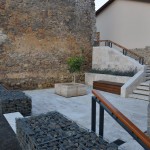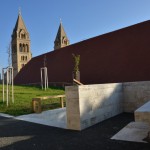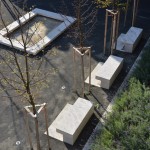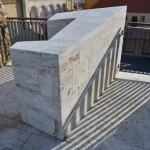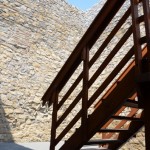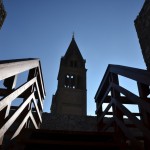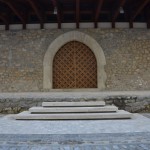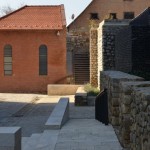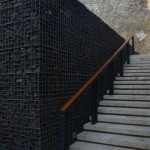Venue: Pecs, Cathedral north side
Client: Magyar Nemzeti Vagyonkezelő Zrt.
Architects of the Museum Building: Ilona Schonerne PUSZTAI, Laszlo SCHONER
Landscape design: Antal GERGELY & Balazs ALMASI
Date of planning: 2008-2012
Implementation: 2011-2014
Contractor: Pecsi Epíto és Tatarozo Zrt.
Area: I. phase – 5000 m2
Photos: Balazs ALMASI
We are proud of the fact that this is the first time in Hungary that a gabion wall has been used in an archaeologically outstanding site. During the design process, this new approach was very positively received by the renowned architect members of the Council of Historic Monuments. In addition, it was also the first place in the country at that time where organic stabilised scattered cladding was used in such large quantities.
Hungary’s first university was founded here in 1367 by Bishop William of Pécs.
The environmental planning works of the Medieval University of Pécs cover three different areas and the transport lines and network connecting them. The lower area, an elongated paved square along the northern façade of the cathedral, which provides the main access to the museum building and forms its entrance lobby. The middle level is the area of the Chapel of St. Mary the Golden and the Bishop’s Cellar (the Granary), while the upper level is the area of the west-east oriented castle wall walkway above the museum and between the walls. The design of the three areas is characterised by the uniform and restrained use of materials.
The built environment is dominated by hard white limestone and dark grey gravel. The limestone is used for the paving of the prominent walkways and rest areas. The additional or secondary surfaces, which do not yet have a green surface function, are generally paved with dark grey stabilised andesite gravel. This homogeneous surface is used to highlight the lighter built elements and ruins, and to represent a general use and neutral space quality. The retaining walls, stairs, public furniture, curbs and fixtures accompanying the paved surfaces are also made of hard limestone with a sawn surface. Limestone adapts to its historical context, as it is an important building material in the construction of the earlier dominant buildings and walls. The hard limestone used is distinguished from its historic surroundings by the quality of its workmanship, i.e. its sawn surface, and is a clear indication of its present-day function.
In the design of the concept of the space, we aimed at the primacy of the ruined area of the Chapel of St. Mary the Golden as a defining monument, in order to reconstruct the spatial structure relationships that coexisted with the use of the chapel. The current elevations, the footprint and the height of the retaining walls thus reflect the situation that existed at the end of the 14th century. However, the footprint of the retaining wall, which plays a key role in ensuring the position of the space in this reconstructed space, is not known in all its details, so the new wall that has been created to provide the elevation is present in the form of a gabion structure filled with basaltic stone, on a footprint almost identical to the original, but clearly distinguishable from it.

